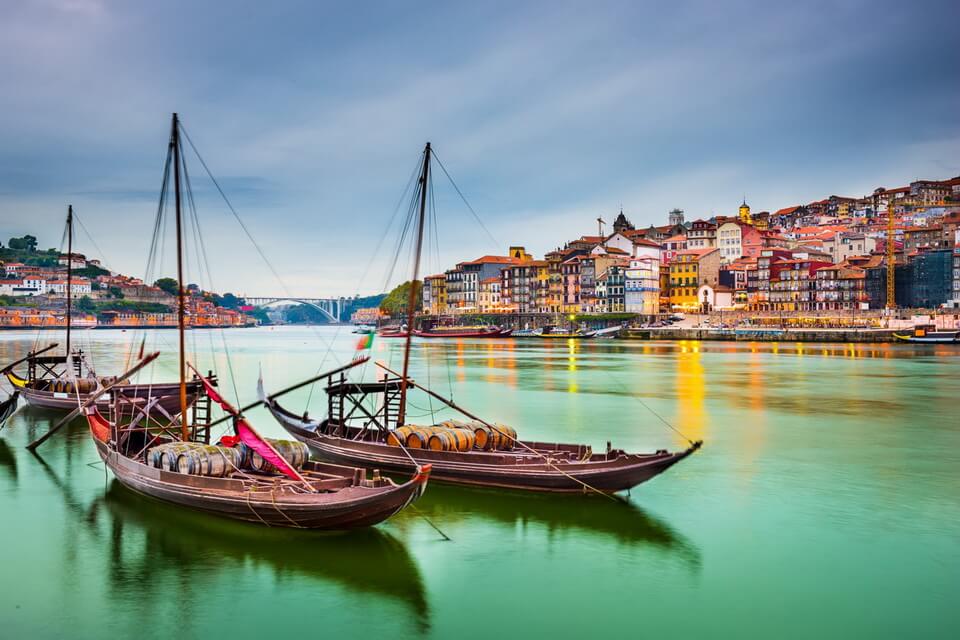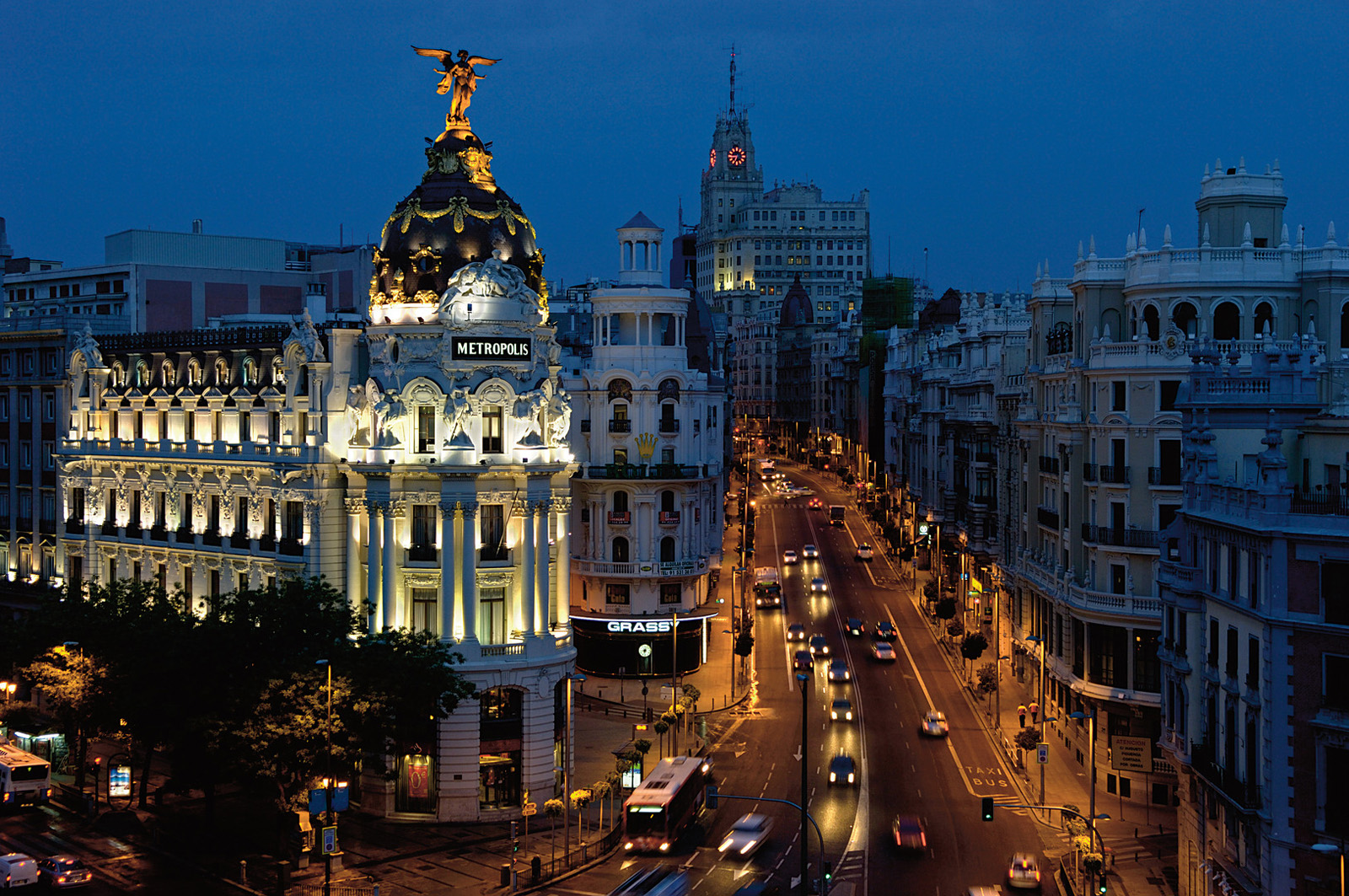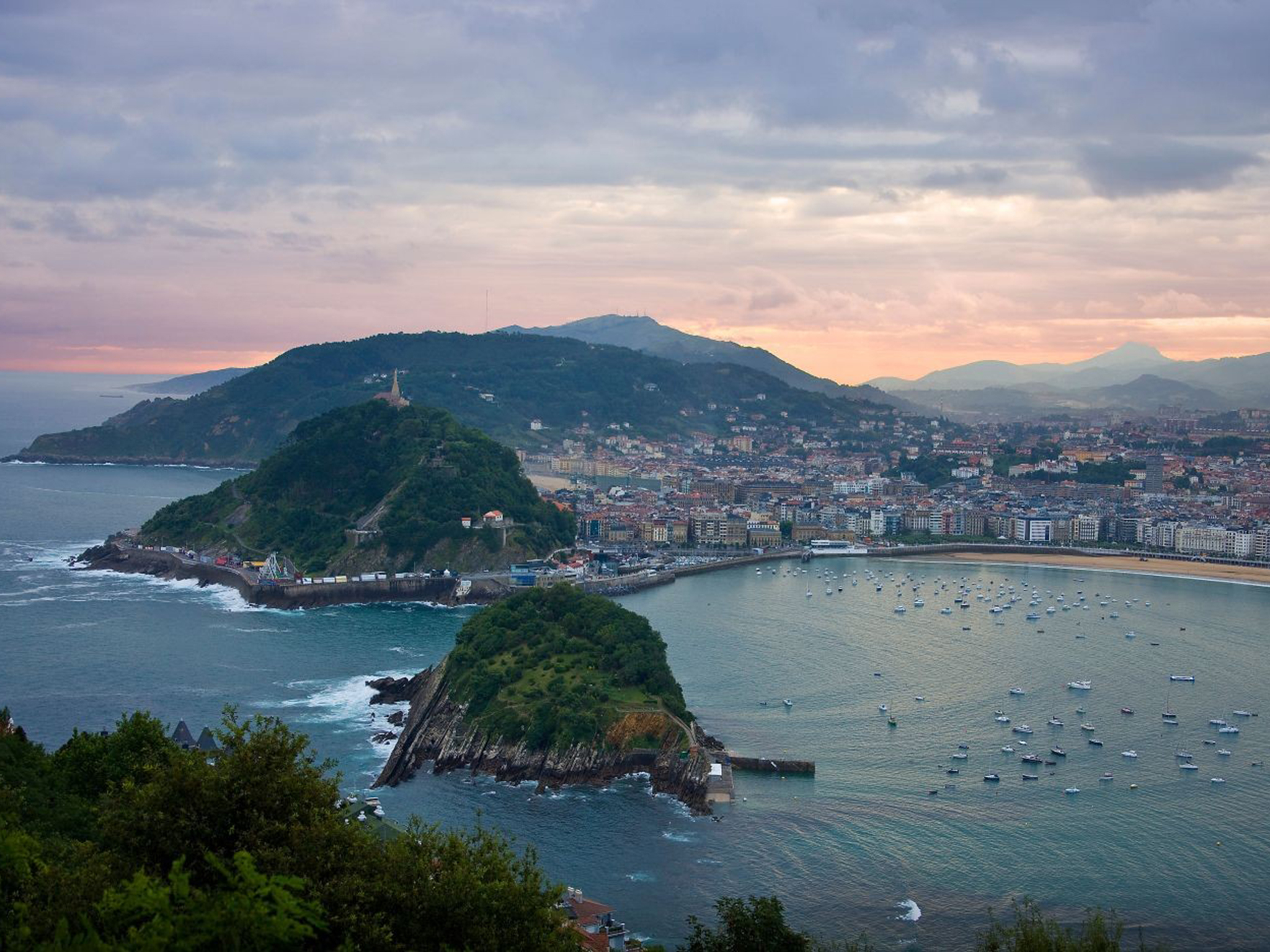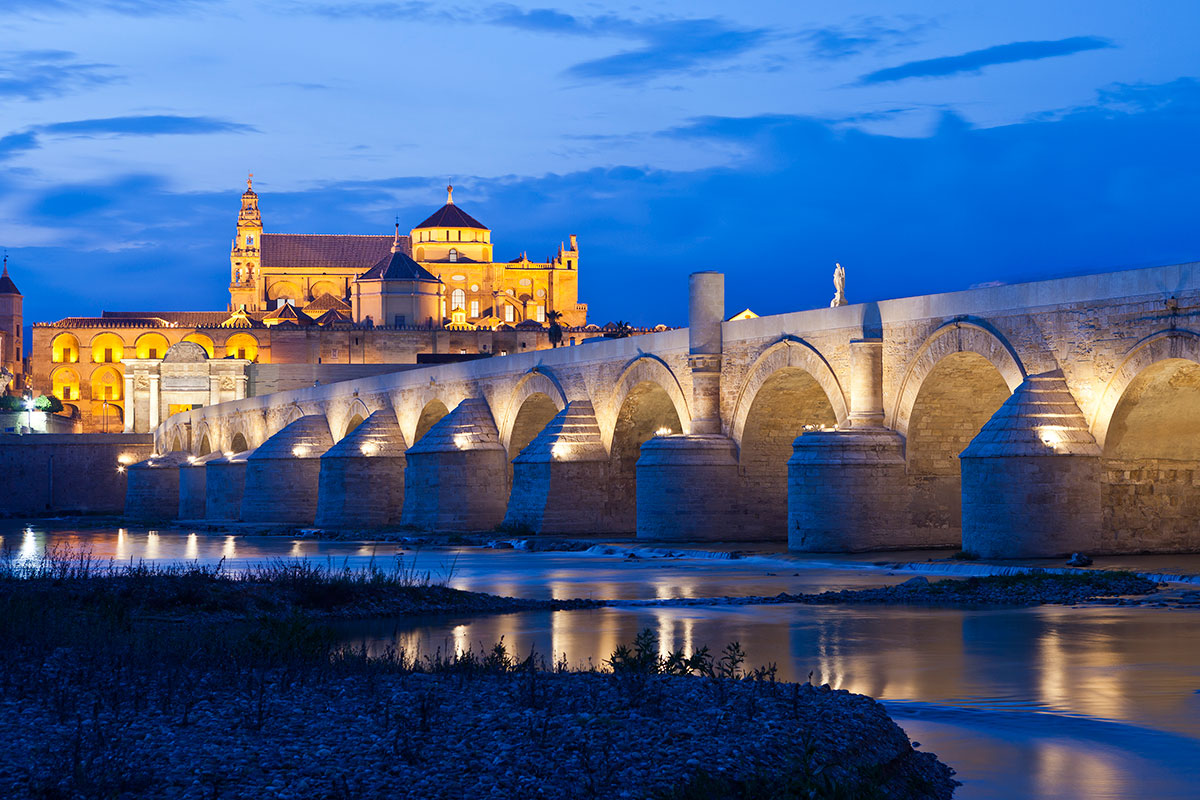Barcelona
Located in northeastern Spain, Barcelona is one of the country’s top travel destinations because it offers everything tourists look for in a European city from historic architecture to lively shopping, vibrant culture and buzzing nightlife. Unique to Barcelona are the architectural marvels of Spain’s famous architect, Antoni Gaudi, which include the Casa Batllo and the famous Sagrada Familia church. Both of these extraordinary structures feature combinations of fascinating designs, shapes and colors. Popular activities in Barcelona include strolling along La Rambla, a tree-lined pedestrian avenue, and sunbath on Barceloneta, one of the city’s most popular beaches.
Granada
Located at the base of the Sierra Nevada mountains of southern Spain, Granada is the capital of the Granada province. Granada offers a perfect blend of traditional cultures, an animated nightlife and spectacular attractions including the world famous Alhambra, a pinnacle of Moorish art that encapsulates Andalusian history. This medieval complex overlooking Granada is one of the great architectural sights of Europe, with many visitors coming to Granada expressly to see the Alhambra. The last Moorish stronghold in Europe, the Alhambra offers the visitor splendid ornamental architecture, spectacular and lush gardens, cascading and dripping water features, and breathtaking views of the city below.
Spanish Islands
Spain has some of the most beautiful islands in Europe. The largest Spanish Islands are equally divided between the Balearic Islands and the Canary Islands. East of the Spanish mainland, the four chief Balearic Islands (Ibiza, Formentera, Mallorca and Menorca) maintain a character distinct from the rest of Spain and from each other. Mallorca is the largest and best-known Balearic island while Ibiza is famous as a party destination. The Canary Islands, also known as the Canaries, are located just off the southern coast of Morocco in the Atlantic. They are popular for their beautiful beaches, mild climate and important natural attractions, especially the Maspalomas Dunes in Gran Canaria and the Teide Volcano in Tenerife.
Madrid
Spain’s capital and largest city, Madrid, is widely known for its sizzling nightlife scene. The city constitutes a diversity of ethnic groups, making it one of Europe’s most colorful cosmopolitan cities. Located within the city center are most of Madrid’s most popular tourist attractions such as the Royal Palace, the residence of Spain’s monarch. The heart of Madrid (and Spain) is Puerta del Sol, a large plaza serving as the scene of festivals, important gatherings and street performers as well as a hub for the public transportation network. Another important square is Plaza Mayor, known for the lively San Miguel Market.
Seville
Exceptional tourist attractions, lively festivals and buzzing nightlife all make Seville one of the best places to visit in Spain. As the capital city of Andalusia, Seville is also the region’s financial and cultural capital. The city is home to many beautiful and important historic landmarks, chief of which is the grand Cathedral of Seville, where it is believed that Christopher Columbus is buried. Another significant building is the Real Alcazar, an extravagant Moorish palace with luxurious gardens.
Valencia
One of the largest and most important cities in Spain, Valencia is located in the eastern part of the country in the region of Valencia. After redirecting the Turia River, the city constructed its most impressive landmark, a massive cultural and entertainment complex known as the City of Arts and Science. Contained within this complex are several buildings such as a science museum, planetarium and aquarium that are each artistic marvels in and of themselves. Every March, Valencia hosts the Fallas Festival where each neighborhood displays papier-mâché figures of all sizes and colors. At the end of the week, the figures are ceremoniously burned, and the communities party into the night.
San Sebastian
San Sebastian is the capital of the Gipuzko province, located in the Basque country of North Spain off the coast of the Bay of Biscay. This beautiful seaside city is well-loved for its excellent beaches and outstanding culinary tradition. The Old Town features many historic buildings reconstructed in the 19th century after the city was nearly destroyed during the Napoleonic Wars. San Sebastian boasts also some of the best beaches in Europe with the most popular of these being Playa de la Concha, which offers sunbathing and water activities like swimming, kayaking and water skiing.
Cordoba
Cordoba is the capital of the Cordoba province in the Andalusian region of southern Spain. The historic quarter of Cordoba is a maze of tiny medieval streets, plazas and whitewashed courtyards all situated around the star attraction, the Mezquita. Initially built as a mosque, the Mezquita is now a glorious cathedral retaining most of its original architecture. Its forest of columns topped with Islamic-style red and white striped arches serves as a reminder of the glory and importance Córdoba held in medieval times. Other places of interest include the Fortress of the Christian Monarchs, the Street of Flowers, and the Old Jewish Quarter with its charming patios and souvenir shops.
Toledo
Perched on a mountaintop in central Spain, Toledo served as the Spanish capital until the 16th century. Because it was inhabited by Jews, Christians and Muslims for many centuries, the city is sometimes called the “City of Three Cultures.” Today, Toledo is a popular destination for its wealth of historic art and architecture that dates back to the Roman Empire. The best thing to do in Toledo is to get lost amid the medieval streets and admire the old architecture that includes a stunning cathedral, synagogue and mosque.
Santiago de Compostela
The capital city of the Galicia region in northwestern Spain, Santiago de Compostela is famous as the final destination of the traditional pilgrimage known as Camino de Santiago. This pilgrimage is important to many Christians because it is believed that Santiago de Compostela is where St. James, an Apostle of Jesus Christ, is buried. Today, the city attracts thousands of visitors every year for both its religious tradition and history. The arriving point for most pilgrims is the main square, Praza do Obradoiro. Situated in the heart of the city, this bustling plaza is the scene of many important landmarks, particularly the Santiago Cathedral where the tomb of St. James is located.
Source Touropia























 (1).jpg)












